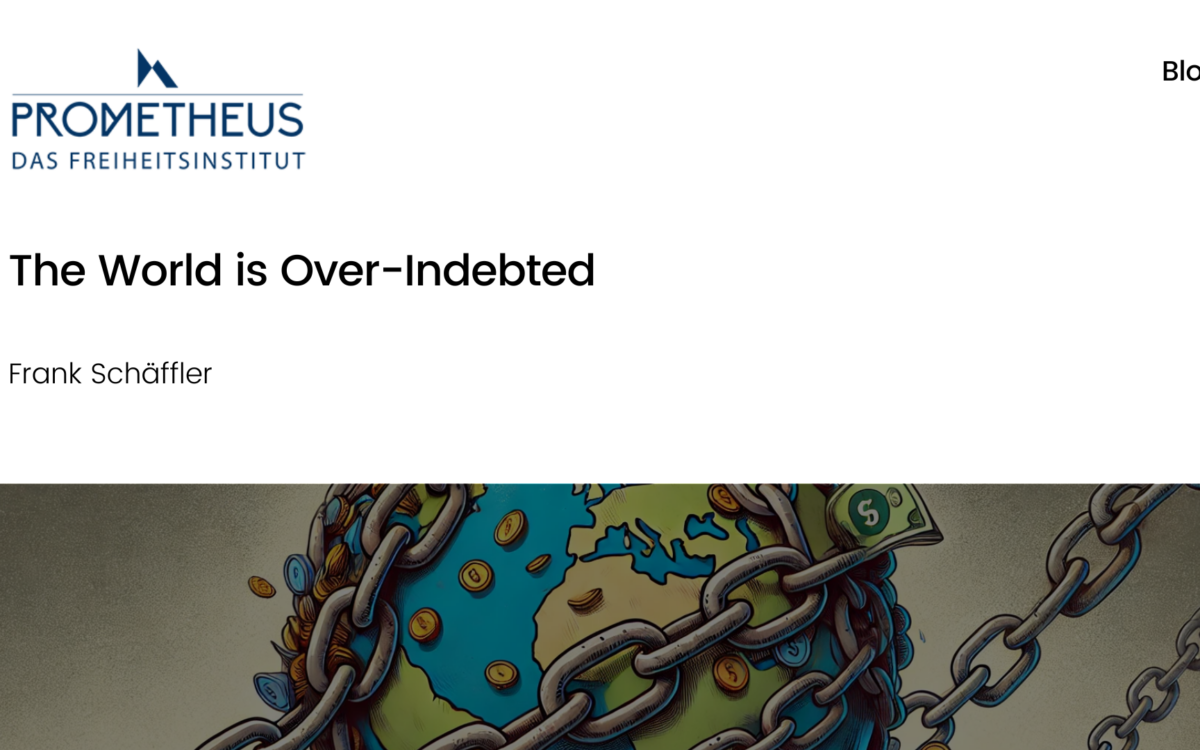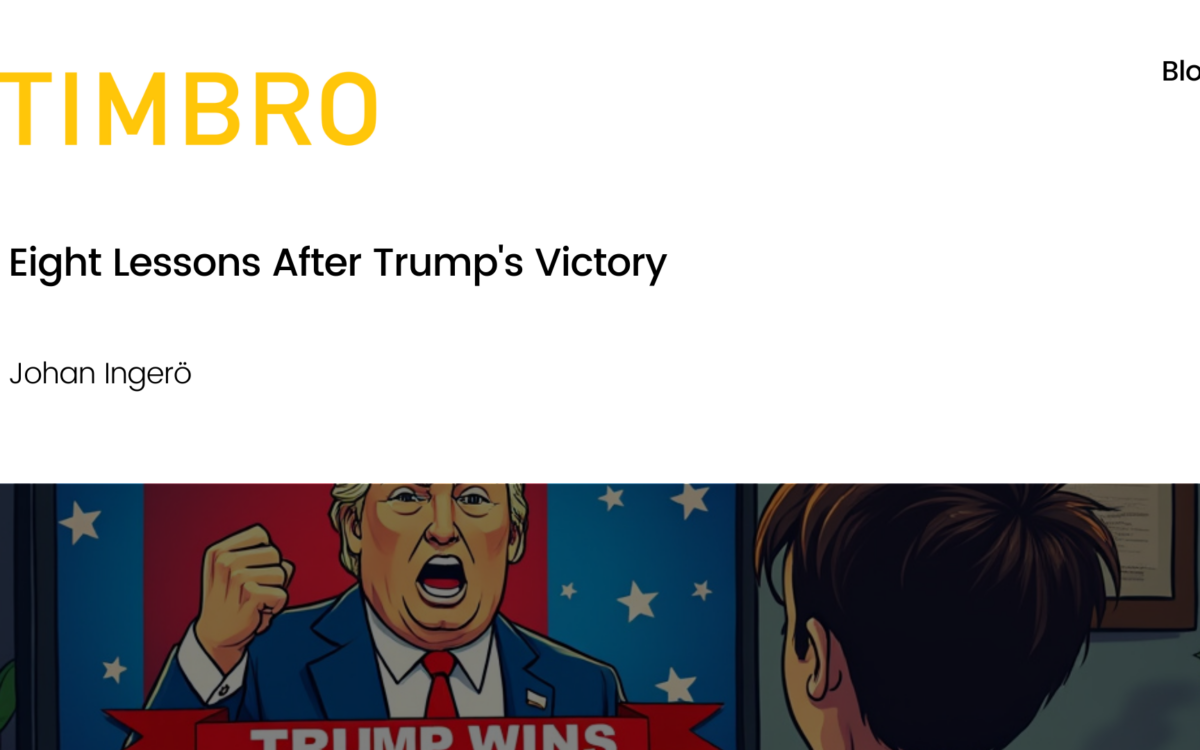Netherland’s Crackdown On E-cigarettes

Netherland's Crackdown On E-cigarettes
Chris Snowdon // 16 September 2020
The Netherlands is on the brink of introducing plain packaging for e-cigarettes. The only other country to have gone down that path is Israel. Not many countries have introduced plain packaging for tobacco products, let alone vaping products, because it doesn’t work. The Dutch government also plans to ban (non-tobacco) e-cigarette flavours.
This has come about because the political party that came eighth in the last Dutch election managed to seize control of the health department, as I reported in 2018.
To understand the strange death of the liberal Netherlands, you need to look at last year’s election. As often happens under proportional representation, there was no outright winner and a four-party coalition was required to govern. This turned into a complex and lengthy process. In the end, the largest party – the People’s Party for Freedom and Democracy – formed a coalition with Democrats 66, Christian Democratic Appeal and the Christian Union.
Mr Blokhuis is from the Christian Union. They came eighth in the election with just 3.4 per cent of the vote. They only won five of the 150 seats available but since nobody wanted to deal with Geert Wilders’ Party for Freedom, and the People’s Party for Freedom and Democracy couldn’t get on with the Greens, the Socialists or the Labour party, they somehow got into government.
The Christian Union is a socially conservative party rooted in the Protestant church. Unsurprisingly, they have a moralistic view of ‘vice’ and their price for going into coalition was that Mr Blokhuis be made health minister so he could introduce a ‘National Prevention Agreement’ with a raft of nanny state measures.
The rationale given by the government for putting e-cigs and heated tobacco products in plain packaging is as follows:
“The purpose of the draft decision is to create a basis for delegation to set requirements by ministerial regulation for the standard packaging of cigars and electronic vapor goods. In addition, this order will bring the decree into line with the amendments to be made to the law concerning heating appliances and a basis is created for laying down rules by ministerial regulation with regard to the indications on packaging of electronic heating appliances. The actual requirements will be set out in that ministerial regulation. Neutral packaging for cigars and electronic vapor goods and rules for markings on the packaging of tobacco heating appliances limit the attractiveness of smoking materials and raise awareness of the harmfulness of smoking. This protects young people and adults against (nicotine) addiction through the use of these products, with serious consequences for health and a high risk of premature death.”
The obvious problem here is that e-cigarettes and non-combustible tobacco products are not ‘smoking materials’. They are substitutes for smoking materials which help people stop smoking.
We now have a huge amount of evidence showing that nudging people away from e-cigarettes leads to more cigarette sales. We know that raising the price of vaping products leads to greater sales of cigarettes. We know that taxing e-cigarettes leads to increased rates of youth smoking. And we know that e-cig flavour bans lead to increased cigarette sales, as we have seen in San Francisco and more recently in the whole USA.
If plain packaging for tobacco products and discouraging e-cigarette use was a winning strategy, Australia would be leading the world in smoking cessation. It had plain packaging since December 2012 and has always had a total ban on the sale of nicotine-containing vape juice. And yet its smoking rate has barely budged in recent years whereas the UK and USA has seen a rapid decline. The chart below shows the annual decline in the smoking rate since 2013.
Source: Colin Mendelsohn, Australian Tobacco Harm Reduction Association
Putting cigarettes and reduced risk products in the same packaging will send a signal to consumers that there is no benefit from switching. Banning flavours will make vaping less attractive to smokers who might otherwise switch.
This article was first published on Velvet Glove, Iron Fist blog.
EPICENTER publications and contributions from our member think tanks are designed to promote the discussion of economic issues and the role of markets in solving economic and social problems. As with all EPICENTER publications, the views expressed here are those of the author and not EPICENTER or its member think tanks (which have no corporate view).




